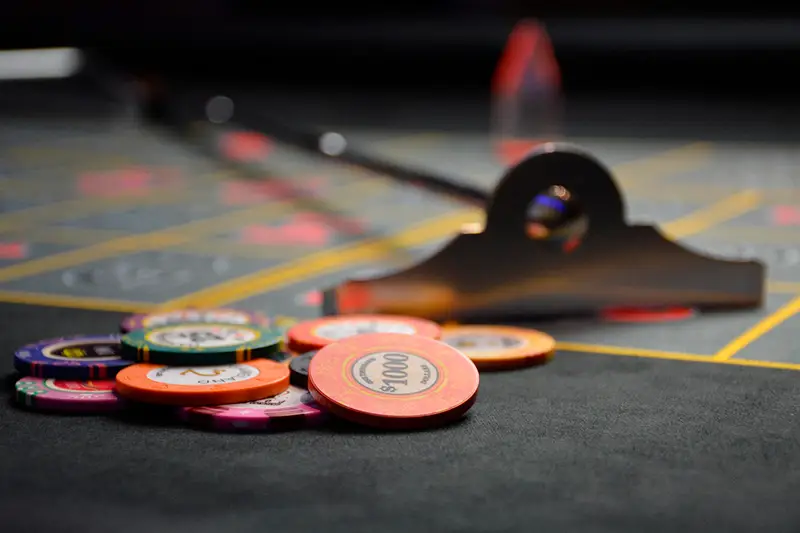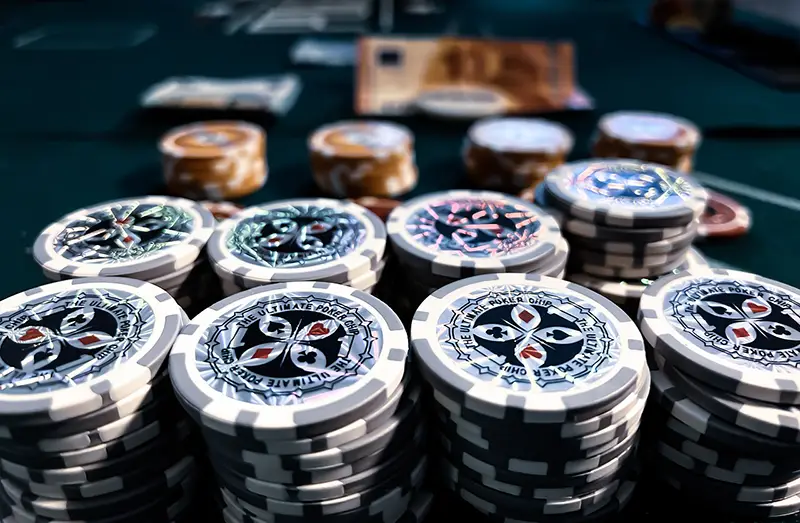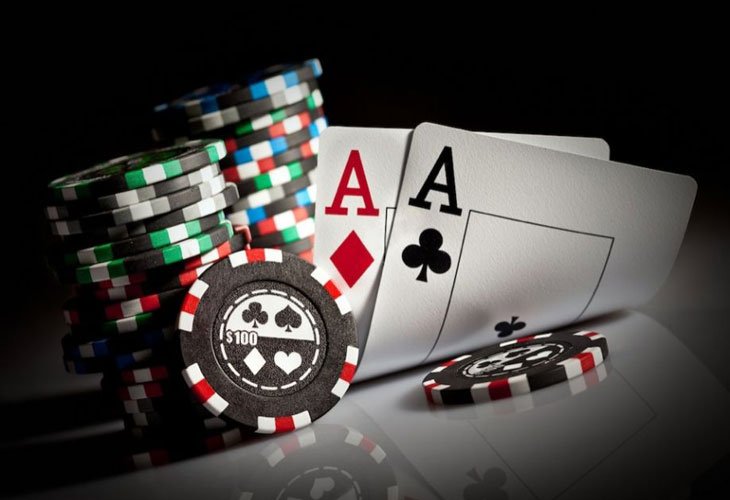Multitabling in poker is one of the most complex but incredibly effective ways to increase your profits in online gambling. It is a strategy in which a player simultaneously participates in several poker hands on different tables. This approach requires high concentration, organisation and a deep understanding of tactics. In this article we will look at how to master multitabling in poker, what skills are necessary for successful play, how to avoid common mistakes and what tools will help to optimise the process.
Why you need to multitabling in poker
The main goal is to increase the number of hands played in the minimum amount of time. In a standard single-table game, a poker player is limited by the speed and number of bets. Actions on multiple tables not only increase the total amount bet, but also increase the expected profit (EV). Multitabling in poker also helps smooth out the effects of variance. If you participate in dozens of hands simultaneously, temporary losses at one table are compensated by possible wins at other tables. This makes the strategy attractive to those who are ready for a fast pace and are able to make decisions under time constraints.
Preparing for Multitabling: What you need to know before you start playing poker
 Before diving into a comprehensive strategy, it’s important to prepare both technically and mentally.
Before diving into a comprehensive strategy, it’s important to prepare both technically and mentally.
Optimise your workspace
Playing at multiple tables requires a comfortable workspace. Make sure the monitor is large enough or there are multiple screens to comfortably display all game windows. Many professionals use two or three computers to see all tables at the same time. This helps avoid confusion and increases the accuracy of decisions.
Choosing the right platform
Different poker platforms offer different opportunities for multi-tabling. Some sites allow you to open up to 10-15 tables at the same time, while others limit the number of active games. When choosing a site, pay attention to the following parameters:
- Multitabling support (the ability to customise the size of windows and the convenience of switching between them).
- Stability of the programme (playing on several tables requires high performance).
- Analytical tools and HUD (Heads-Up Display), which simplify data collection about opponents.
Strategy Optimisation
Multitabling in poker requires a simplification of tactics. At each table, the player will have less time to make decisions, so it can be difficult to analyse opponents in detail. Focus on the basic concepts:
- Play taut and aggressive to avoid difficult situations.
- Use hand ranges rather than individual cards to simplify your strategy.
- Determine in advance which tables require more attention, for example, due to the presence of weak opponents.
How to play effectively at multiple tables
Multitabling in poker requires a clear approach and discipline. Here are the main aspects that will help you succeed:
- Start with two or three tables and gradually increase the number of tables as you get more comfortable. Many beginners make the mistake of trying to play 8-10 tables at once, which leads to chaos and decreased quality of play. Focus on your decision-making speed and level of concentration.
- Modern tools make multitabling in poker easier. HUD software such as Hold’em Manager or PokerTracker displays important statistics about your opponents right on the game screen. So you can quickly analyse your opponents’ playing style, betting frequency, hand ranges and other data.
- Additional utilities, such as Table Ninja, will help to automate routine actions: selecting the bet size, switching between tables, quick keys for decisions.
- The method increases the speed of betting and therefore the risk of losing your bankroll. Make sure you have enough money in your budget to play at the selected limits. The standard rule of thumb is to have at least 50-100 buy-ins for each limit if playing cash games, and 100-150 for tournaments.
- Playing at multiple tables can be tiring, especially for beginners. Set a timer for your playing sessions so you don’t get overtired. Take breaks every 30-60 minutes to stay focused and avoid making mistakes due to fatigue.
Common mistakes when multitabling in poker
Despite its many advantages, the technique can lead to huge losses if key risks are not considered.
- One of the most common mistakes is opening too many tables when the poker player does not have time to follow the game. This leads to hasty decisions and loss of control over the situation. Find a comfortable number of tables that allows you to maintain a balance between speed and quality.
- Even when using a HUD, many players don’t analyse their opponents’ data properly, leading to inefficient decisions. Get in the habit of checking key metrics such as VPIP (frequency of participation in hands) and PFR (frequency of raises) to adjust your strategy.
- Lack of adaptation. Multitabling can cause participants to play poker mechanically, without adapting to the actions of their opponents.
The benefits and prospects of multitabling in poker
For professionals, playing at multiple tables is a way to increase their income and improve their skills. Tactics allow you to quickly gain experience and learn different playing styles. It is also a great tool for those who want to maximise profits without increasing stakes. But success depends on a proper approach: the ability to analyse the game, the use of modern tools and proper time management. If all these recommendations are followed, multitabling can be an effective step towards a professional career in poker.
Conclusion
 Multitabling in poker is a complex but very useful strategy that opens new horizons for players. It requires careful preparation, discipline and time management skills. With the right approach, you can not only increase your earnings, but also improve your understanding of poker tactics. Start small, analyse your mistakes and don’t be afraid to use modern technology. Good luck at the tables!
Multitabling in poker is a complex but very useful strategy that opens new horizons for players. It requires careful preparation, discipline and time management skills. With the right approach, you can not only increase your earnings, but also improve your understanding of poker tactics. Start small, analyse your mistakes and don’t be afraid to use modern technology. Good luck at the tables!
 en
en  de
de  ar
ar  es
es  hi
hi  fr
fr  nl
nl  it
it  pt
pt  el
el 









